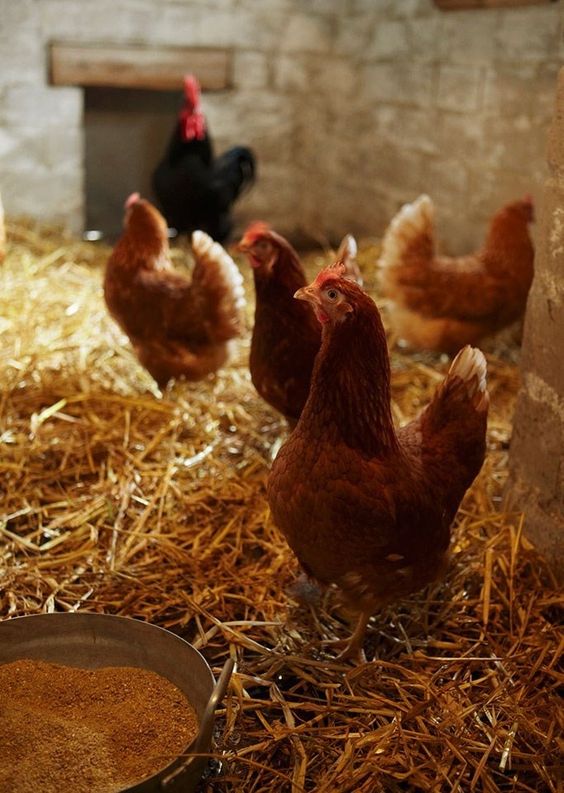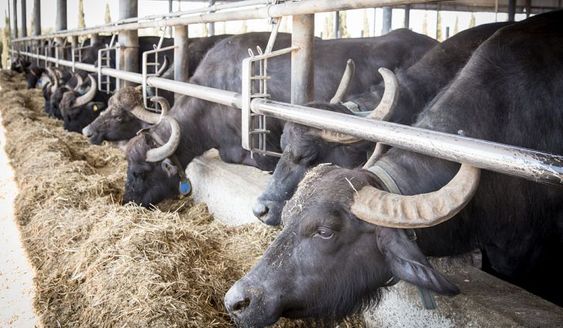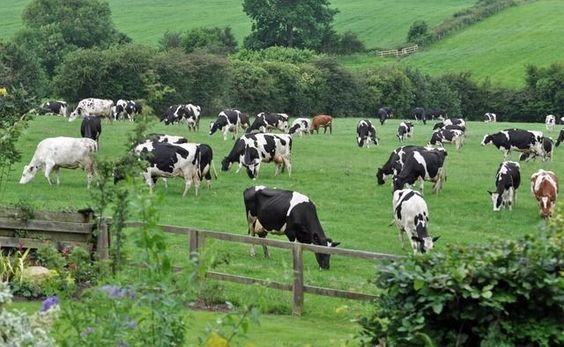Poultry Cages: A Comprehensive Guide for Efficient and Humane Poultry Farming
Poultry Cages farming is a vital agricultural practice that provides meat and eggs for human consumption. Throughout history, various methods have been employed to raise poultry, with cages becoming a prevalent approach in modern intensive farming. This guide delves into the world of poultry cages, exploring their benefits, objectives, design considerations, animal welfare concerns, and responsible management practices.
Benefits of Poultry Cages
Poultry cages offer several advantages for both farmers and consumers:
- Increased Efficiency: Caged systems can house a higher density of birds compared to free-range setups. This translates to better space utilization, reduced land requirements, and potentially lower production costs per bird.
- Improved Biosecurity: Cages help control the spread of diseases between birds by minimizing direct contact. This is crucial for maintaining flock health and preventing outbreaks.
- Enhanced Egg Collection: Egg collection becomes easier and more efficient in caged systems. Cages often have features like nest boxes or automatic collection mechanisms that minimize breakage and simplify the process.
- Controlled Feed Management: Caged systems allow for better monitoring and control of feed intake. This can optimize feed utilization and potentially lead to improved feed conversion ratios.
- Uniform Product Quality: Caged environments can contribute to more consistent bird size and egg quality, which can be beneficial for commercial production.
Objectives of Utilizing Poultry Cages
The primary objectives of using poultry cages are:
- Maximize Production: Caged systems aim to achieve the highest possible output of meat or eggs per unit area. This is achieved by optimizing space utilization and managing factors that influence bird growth and egg production.
- Minimize Disease Risk: By controlling bird interaction and minimizing exposure to pathogens, caged systems strive to reduce disease outbreaks and promote flock health.
- Optimize Resource Management: Cages can facilitate efficient use of resources like feed, water, and labor, potentially leading to lower production costs.
- Maintain Product Quality: Consistent environmental control within cages can contribute to more uniform bird size and egg quality, meeting consumer demands.
Types of Poultry Cages
There are various types of poultry cages used for different purposes:
- Battery Cages: These are multi-tiered cages commonly used for egg production. Hens are housed individually or in small groups within cages, allowing for efficient egg collection and space optimization.
- Enriched Cages: These cages incorporate features like nesting boxes, perches, and scratching areas to provide some level of environmental enrichment for the birds. This addresses some animal welfare concerns associated with traditional battery cages.
- Broiler Cages: These cages are designed for raising chickens for meat production (broilers). They typically have a larger floor area compared to layer cages and may have multiple tiers to accommodate a higher bird density.
- Breeder Cages: These cages are used for housing breeding stock. They provide more space than layer or broiler cages and may have features that encourage natural breeding behavior.
Considerations for Poultry Cage Design
Effective poultry cage design balances productivity needs with animal welfare concerns. Key considerations include:
- Bird Species and Age: Different bird species have varying size and behavioral requirements. Cage design should be adapted to the specific needs of the bird being housed (e.g., layers vs. broilers). Age also plays a role, with growing birds requiring more space compared to laying hens.
- Cage Size: Cages should provide sufficient space for birds to move around comfortably and exhibit natural behaviors like perching, nesting, and dustbathing. Minimum space requirements vary based on regulations and ethical considerations.
- Ventilation: Adequate ventilation is essential for maintaining good air quality within the cage and removing harmful gases. Proper ventilation systems prevent respiratory problems and ammonia buildup.
- Feeders and Drinkers: Feeders and drinkers should be readily accessible to all birds within the cage and designed to minimize feed waste and water spillage.
- Nest Boxes (for Layers): Nest boxes should provide a dark, secluded environment for laying hens, encouraging egg-laying behavior and protecting eggs from damage.
- Lighting: Lighting plays a crucial role in regulating bird behavior and production. Cages should have appropriate lighting programs that provide sufficient light for essential activities while allowing for periods of darkness for rest.






